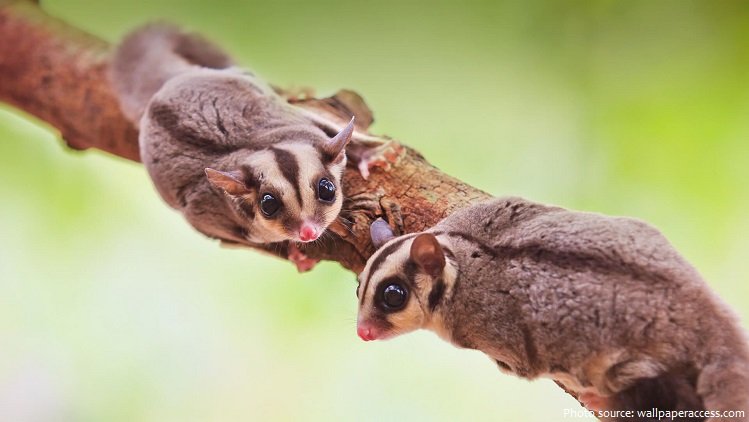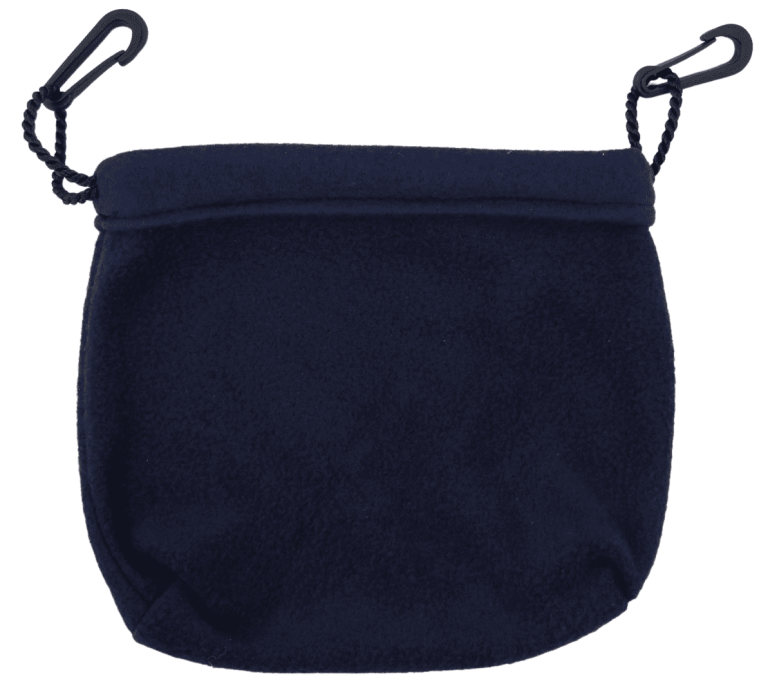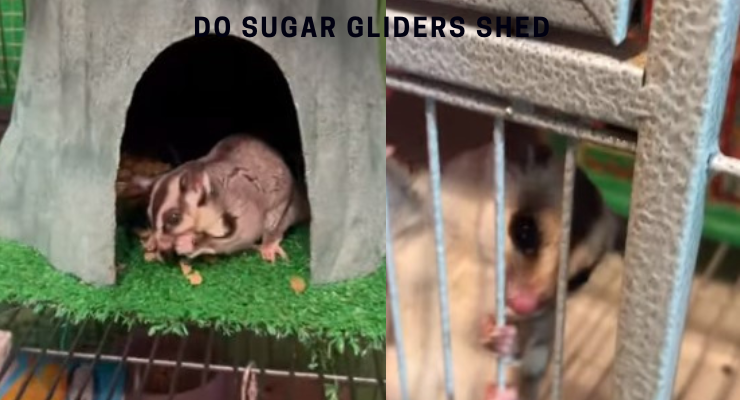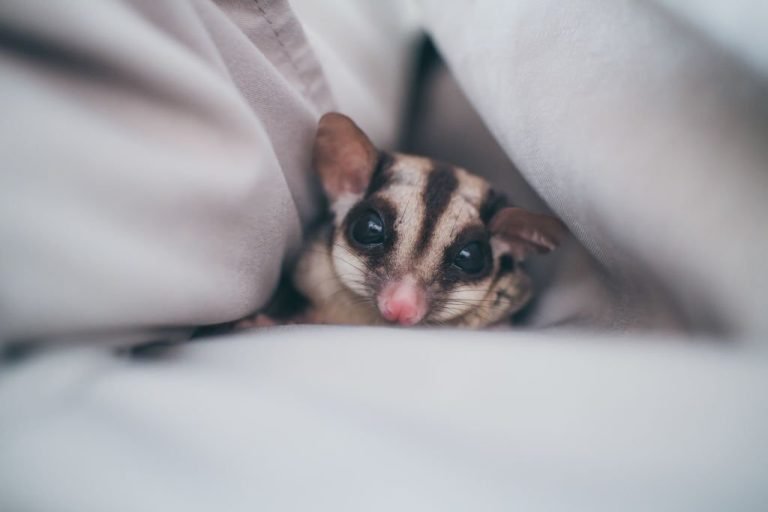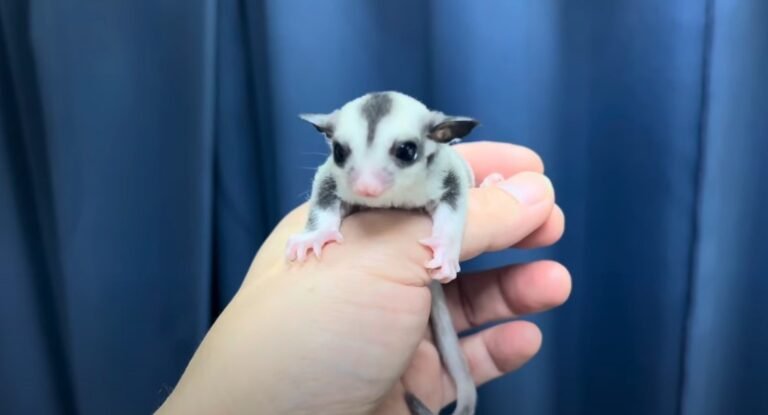Adopt Sugar Glider
Adopting a Sugar Glider: Everything You Need to Know
Are you considering adopting a sugar glider as a pet? These adorable little creatures are becoming increasingly popular due to their small size, playful nature, and unique flying abilities. But before you bring home your new furry friend, there are a few important things you need to know.
Is a Sugar Glider the Right Pet for You?
Sugar gliders require a significant amount of care and commitment. They have specific dietary needs, require daily socialization, and need a large cage to accommodate their active lifestyle. Additionally, they have a lifespan of up to 15 years, so you should be prepared for a long-term commitment.
If you are willing to put in the time and effort to meet their needs, sugar gliders can make wonderful pets. They are incredibly social animals and tend to bond closely with their owners. Their playful and curious nature makes them a joy to interact with, but it’s important to remember that they are nocturnal creatures, so they will be most active during the evening and night.

Preparing for the Arrival of Your Sugar Glider
Once you’ve decided that a sugar glider is the right pet for you, it’s important to make sure you have everything they need to thrive in their new environment. Here are some essential items to consider:
1. A Properly Sized Cage: Sugar gliders need a large cage that allows them to climb, glide, and play. Look for cages specifically designed for sugar gliders with multiple levels, plenty of space, and bars that are close enough together to prevent escape.
2. Bedding and Nesting Material: Sugar gliders love to snuggle and sleep in pouches or nesting boxes. Provide them with soft bedding material like fleece or cotton, as well as a few options for cozy hideouts.
3. A Balanced Diet: Sugar gliders have unique dietary requirements and rely heavily on fresh fruits and vegetables along with a specially formulated powdered diet. Consult with a veterinarian or a sugar glider specialist to ensure you are providing the right nutrition for your pet.
4. Exercise and Enrichment: Sugar gliders are highly active animals and need plenty of opportunities for exercise and mental stimulation. Provide them with a variety of toys, climbing branches, and a safe space outside of their cage for supervised playtime.
Introducing Your Sugar Glider to Their New Home
When bringing home a sugar glider, it’s important to give them time to adjust to their new surroundings. Here are some tips for a smooth transition:
1. Create a Safe Space: Set up their cage in a quiet area of your home away from drafts or direct sunlight. This will allow them to feel safe and secure while they acclimate to their new environment.
2. Allow for Bonding Time: Sugar gliders are social animals and need daily interaction with their owners. Spend time bonding with your new pet by offering them treats, talking softly to them, and gently handling them. This will help build trust and strengthen your relationship.
3. Introduce New Foods Gradually: If you’re changing your sugar glider’s diet or introducing new foods, do so gradually. This will help prevent digestive upset and allow them to adjust to the changes.
4. Be Patient: Sugar gliders may take some time to adjust to their new home. Be patient and give them space when needed. With time, they will become more comfortable and start showing their playful and affectionate nature.
Frequently Asked Questions
1: Are sugar gliders legal as pets?
The legality of owning a sugar glider varies from country to country and even within different states or regions. Before considering adopting a sugar glider, it’s crucial to research the laws and regulations in your area to ensure compliance.
2: How much does it cost to own a sugar glider?
The cost of owning a sugar glider includes the initial setup, such as the cage and supplies, as well as ongoing expenses like food, vet visits, and enrichment items. On average, you can expect to spend several hundred dollars a year on their care.
3: Can sugar gliders be potty trained?
Sugar gliders cannot be fully potty trained like cats or dogs, but they tend to use certain areas of their cage consistently for bathroom purposes. Placing absorbent pads in those areas can help with cleaning and odor control.
4: Can sugar gliders live alone or do they need a companion?
Sugar gliders are highly social animals and thrive in the company of their own kind. It’s generally recommended to have at least two sugar gliders to keep each other company and prevent loneliness.
Final Thoughts
Adopting a sugar glider can be a rewarding and exciting experience, but it also requires dedication, time, and effort to provide them with a suitable living environment and meet their unique needs. By doing your research, preparing their habitat, and offering them plenty of love and attention, you can create a happy and fulfilling life for your sugar glider companion. Remember to consult with a veterinarian or a sugar glider specialist for any specific questions or concerns, and enjoy the journey of building a strong bond with your new furry friend.


